Bernard Herrmann was perhaps the preeminent film composer of the 20th century. Holding a significant fan base throughout the years, he is one of the most talked about film composers, the subject of many discussions and scholarly papers. He worked with legendary filmmakers such as Orson Welles, Alfred Hitchcock, Ray Harryhausen, and composed historic films such as Citizen Kane, Vertigo and Psycho. His unique music certainly commanded attention, whether or not you are a serious fan of the music. It certainly was interesting and imaginative music that held substantial dramatic impact. Also it was good music, well formulated, well-constructed, intelligent, and deceptively simple (musical simplexity), as Fred Steiner alluded to in his Psycho analysis. In analogy, like Ingmar Bergman (1918-2007), his art and craft permeated a deep and lasting imprint on the collective film music psyche. Herrmann’s oeuvre order of magnitude became far more influential than many of his colleagues. In a sense, his music was noticeably “something different” compared to most of his contemporaries at the time, especially the so-called “Hollywood sound” of Max Steiner and Erich Wolfgang Korngold.
This short, informal and spontaneously written essay is meant as an explorative one, and not, idiomatically speaking, as a definitive Rosetta Stone of Herrmann’s music. Indeed I may even revise and add to this paper in the coming months as new insights present themselves. It’s an attempt to have some fun trying to determine what makes Herrmann’s music tick. What is Herrmann’s musical profile? What formula of composition did he characteristically engage in? What is the recipe of Herrmann’s musical pie? I’ve already discussed this in several of my writings, including the online paper, Half-Diminished Seventh: The Bernard Herrmann Chord (PDF), Blog # 29 (PDF), and others. A close study of the music itself will tell you all you really need to know if you simply apply Sherlock Holmes observation. Although I have studied almost all of Herrmann’s written scores available to researchers since the early Eighties, any reader who is an avid fan of Herrmann is as much an authority in terms of deep music appreciation, whether or not you can put it into words. My hope is that I can put it into words clearly enough so that the reader can also appreciate a mental understanding of Herrmann’s musical art that already resonates emotionally and strongly within him or her.
Now: Essentially Herrmann regarded himself as a Romantic composer, stylistically speaking. His music was indeed emotional, moody, with great depth of feeling. As given on page 8 of the 1977 publication, Bernard Herrmann: Hollywood’s Music-Dramatist by Edward Johnson, Herrmann stated, “As a composer I might class myself as a Neo-Romantic, inasmuch as I have always regarded music as a highly personal and emotional form of expression. I like to write music which takes its inspiration from poetry, art and nature. I do not care for purely decorative music. Although I am in sympathy with modern idioms, I abhor music which attempts nothing more than the illustration of a stylistic fad. And in using modern techniques, I have tried at all times to subjugate them to a larger idea or a grander human feeling.”
The Romantic period of music came to full fruition in the 19th century, and it is interesting to note what Herrmann wrote to his wife on November 1947: “My feelings and yearnings are those of a composer of the 19th century. I am completely out of step with the present.” (see page 137 of [Steven C. Smith's] A Heart At Fire’s Center).
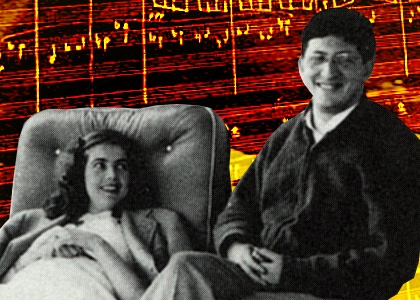
While Herrmann’s music — his entire oeuvre — cannot be easily pigeon-holed, almost all of his works showed a natural Dramatist (a terrific aptitude for drama, whether musically or in his personal life!) that flowed along a romantic channel of expression. One suggestion is to say that he was a 20th Century American Modernist Romantic. He tended to excel in music written not so much in a co-called abstract construct (concert works, say, or symphony) but in response to an external stimulus or medium such as the Big Screen (feature film), the Small Screen (television), radio plays, and the opera (Wuthering Heights). His dramatic instincts really shined in these Show Business mediums.
Certainly Herrmann needed to refine his statement that he was in general a “Neo-Romantic.” He was definitely not the European Neo-Romantic type (as were Max Steiner & Erich Wolfgang Korngold and even Richard Strauss for that matter). He belonged to a far different school of musical thought, as most of us know by now. His was the Mood Treatment approach, not the so-called “Mickey-Mousing” or synchronization (catching the action) type that Steiner was particularly famous for. He was also the kind of Neo-Romantic (differing from the Modern Romantic Max Steiner) who preferred the lyrical approach to character and scene enhancement than the melody approach (again that Steiner was characteristic of). He did not write a character melody for each major player, as Max did. He also differed somewhat from Max Steiner (at least in comparing to Max’s early and mid career) in that Herrmann’s texture tended to be homophonic (lyrical melody or accentuation with harmonic accompaniment/background, or put differently, a “melody” line accompanied by chords), whereas Max often utilized polyphony and counter-melodies. Max got more simplified or streamlined in his latter years, but he was pretty elaborate with his melody lines before that. Rozsa was more like Steiner in that respect too (contrapuntal treatment). A lot of people like that, so that’s probably one reason why those listeners prefer Rozsa, say, over Herrmann. Overall I believe Tchaikovsky (Late Romantic Russian composer) tended to be homophonic in execution. In many instances, so was Steiner, and Korngold, and Fred Steiner, the composers behind many of The Adventures of Superman 2nd season cues (Jack Beaver, Ronald Hanmer, Frederick Charrosin, and several others — see my upcoming Blog # 37 (PDF, upcoming)), Wagner in many instances, and so many other composers.
Moreover, Herrmann’s homophonic style tended to utilize, most characteristically, sustained chord accompaniment (his standard type of accompaniment). This generally meant long, drawn-out, rather slow-moving chords. Occasionally his music was monophonic (unaccompanied “melody” or lyric line) such as his main title for White Witch Doctor that I believe utilized the pentatonic scale. Of course he would also utilize passages where there is no “melody” or lyrical passage (usually soloistic instruments or soloistic choir of instruments such as tutti violins I). Herrmann’s music also expressed overwhelmingly strong tonal harmony in the standard sense of conventional chords such as the frequent use of minor/major triads (minor especially), half-diminished sevenths (his favorite or most frequently used seventh), and so forth. So Herrmann’s very strong focus on harmony/chords was applied in a homophonic manner. The harmonic language or tonal context was overwhelmingly tertian (stacked thirds) in nature, whether as block chords or openly spaced or inverted. Some scores (such as Jason & the Argonauts) were predominantly triad-based. Occasionally Herrmann would engage in quartal harmony (C/F/Bb, for instance, instead of the tertian harmony of C/E/G). An example would be the opening of “The Stone Faces” cue from North by Northwest. Normally, however, Herrmann’s harmony was based on the intervals of major and minor thirds, the most familiar framework of Western traditional music.
However, “tonal” here does not mean that he generally applied his music in a diatonic (stepwise intervals in seconds such as D to E to F#). For instance, Beethoven’s famous 4th movement in his Ninth Symphony (utilizing the D half note to E to F# quarter notes in 4/4 time) shows diatonic movement. Herrmann’s harmonic structure was still built on the modern minor and major scale overall, but he generally tended to stay clear of being in some key. Although there are exceptions in his scores (such as Citizen Kane), Herrmann normally did not frequent the use of key signatures. You’ll notice this if you study his written scores. Rather, he tended to be quite chromatic (movement in half-steps). This word is based on the Greek chroma (or color) which fits the dramatic/romantic emotional effect or approach that Herrmann was so fond of. Of course, the King of Chromaticism, Wagner, was a monumental figure, and you’ll find many “influences” of Wagner in Herrmann’s overall approach.
Herrmann seemed to enjoy slow-moving chromatic parallel chord movement of sevenths and thirds. For instance, “The Bridge” cue (and “Vines”) in Journey to the Center of the Earth shows the non-diatonic movement of half-step descents or ascents of major 7th chords (G maj 7th to Gb maj 7th to F maj 7th to Fb major 7th). Chromatic parallel movements creates a sort of tonal ambiguity in that there is no traditional diatonic hold or basis or center. Because of the heavy chromatic approach, Herrmann by necessity would write in many accidentals (flats and sharps), generally unnecessary for a composer who generally employs a diatonic approach (using key signatures). Max Steiner commonly used key signatures, and he would routinely place two sharps for the transposing B-flat instruments such as the clarinet and trumpet (Herrmann did not). Of course, chromaticism is quite accentuated in atonal music (absence of key) and the stricter twelve tone system, but Herrmann never used the latter and rarely used the former (mostly in his Early Works experimental stage of his composing career that re-emerged for Psycho).
In most of his Early Works (roughly before, say, 1937), Herrmann was engaged in creative experimentation, exploring various techniques, ever searching. He experimented with atonality or free chromaticism (Sinfonietta), atypical music notation/symbolism (for example, Bar 63 of Music for Chamber Orchestra & Soprano), and so forth. However, his musical approach became pretty much fully formed or gelled by the mid-Forties. His overall technique then became known what is often fondly characterized by some writers as the Cell Format. By the late Forties and certainly by the Fifties (but still evident in earlier works) he characteristically practiced this interesting system of music construction: conforming to the so-called “cell” format of repeating musical ideas usually in 4 bars or 8 bar sequences (sometimes in 3 or 6 bar sequences) or other short patterns that became a musical convenience and habit for him. Indeed a major characteristic of Herrmann’s music behind this technique is repetition. Repetition (e.g., ostinatos as a frequent rhythmic device) was quite a common characteristic of his music. In a sense, this was also partly imitative when you consider that he would use different instrument choirs to reinstate a musical idea in order to create continued interest via variations in orchestral colors. Repetition is an ancient device, used in mantras, hypnotic suggestions, where a message (or musical idea) is deeply embedded into the psyche, making a lasting “memorable” impression.
Like a true Romantic, Herrmann characteristically relied on the extensive use of crescendo-decrescendo and other dynamics, lots of articulation, and frequent usage of instrumental effects adding “color” (stopped horns, cup-muted trumpets, etc.). The Romantics needed that orchestral texture to display the emotional and sensuous sonority (orchestral colors), and Herrmann was especially gifted as a colorful orchestrator. In a sense, he was like Rimsky-Korsakov (himself a brilliant orchestrator). Tchaikovsky was also skillful with orchestral color. Herrmann, like Debussy and the Impressionists, was quite involved with the sensuality of sound, especially thru his orchestrations. He wanted the listener to savor the sonorities of, say, four clarinets and one or two bass clarinets combined as a choir. The clarinet choir was one of his oft-used timbre practices. He also loved muted (sords) strings in most of his scores, whereas Steiner, for example, normally kept them non-muted. But unlike Debussy, he really did not get involved in the six tone whole tone scale, and he embraced the underlying structure of the major-minor tonality (that chromatic harmony branches out of). Debussy preferred the whole tone method perhaps because it cannot provide a sense of resolution and traditional closure in standard Romantic music, especially the diatonic style.
Herrmann’s style is a bit hard to micro-classify because I think he tended to mix-and-match styles somewhat. He would incorporate this stylistic touch from a composer (say, the “Impressionistic” Debussy), and that stylistic touch from Rachmaninoff, and so forth. He seemed almost chameleon-like like Stravinsky, in a loose manner of speaking. Herrmann had a characteristic dark side to his music, but I don’t know if we can characterize his music as “Post (or Neo) Romantic” like Mahler was famous for and that so-called Expressionism school of music. Rachmaninoff was a Russian Post Romantic, but while Herrmann seemed to “pick” things out of Rachmaninov, overall I don’t hear a great deal of Rachmaninov in Herrmann’s music. Similarly for the Stravinsky influence. Stravinsky was Neo-Classic at one period but once again I don’t hear a great deal of Stravinksy in Herrmann’s music that would make it particularly noticeable in a dominant manner. For example, Herrmann was definitely not into complex or multiple rhythms as Stravinsky was, nor polymeters. Herrmann championed Ives, it should be noted, and both utilized certain devices (such as polychords or bitonality or superimposed chords) but you’re not going to hear an appreciable influence of Ives on Herrmann’s overall style. Honegger was part of that Les Six French Neo-Classical group, and Herrmann was influenced by Honegger but not greatly. The English Nationalists such as V. Williams, Percy Grainger, and especially Holst (composer of The Planets) seemed to have influenced Herrmann, and Herrmann certainly had that Anglophile tie. And, as we all know, Herrmann settled in England towards the end of his life. Nevertheless, none of them had such a major impact that it would dominate his overall style.
So, considering all this, perhaps we can micro-classify Herrmann as a Neo-Romantic Eclectic Modernist. Herrmann assimilated various other composers’ styles and devices in certain of his works, but he did not imitate those composers per se. Certainly he was not a free-ranging eclectic. For instance, he did not experiment with quarter tones as far as I could tell, nor dodecaphony (12 tone system). While he was stylistically a “neo-romantic” composer, he utilized a freer, modern American form or expression of his romanticism. Mahler seems to be associated with “quantity” and huge orchestras, and into the themes of suffering & resignation (perhaps leading to release and liberation). It’s “great” music but somehow I see little of Mahler in Herrmann’s music in most cases (Herrmann tended to have minimalistic tendencies, anyway). I would probably see more dynamic heaviness of Wagner in Herrmann’s music than Mahler’s, and more of Debussy’s color and sensual sonority. But of course music is subjective, so people can hear Herrmann in any of many different ways!
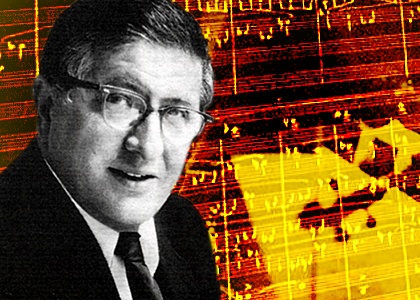
Herrmann was educated in a transitional musical climate where there was no longer one predominant musical language. Romanticism had already past its heyday in many respects, and Neo-Classicism was on the rise, and Impressionism was already established as a sort of reaction against standard Romanticism. Herrmann was not an Impressionistic composer per se (maybe at best a “romantic impressionist” in part, as was Delius and perhaps Bax and even Respighi) but, as given earlier, he was indeed taken by Debussy’s sensitive use of timbres and the savoring of sound combinations for the sake and luxury of the effect of that sound. Herrmann did not have the same tonal vagueness of Debussy but he did share in his timbre sensuousness and tendency for accepting dissonances readily. Herrmann I feel was more into an overall tolerable “comfort-zone dissonance” that served his romantic sense of music-drama, and that served to enhance this romantic “yearning for fulfillment” that may or may not achieve genuine resolution musically (depending on the project). Unlike Debussy in many respects, Herrmann tended to keep to a constant, steady and simple rhythmic pulse that kept his musical sections connected. He was reliable in terms of musically “staying the course” most of the time. In that sense, he was musically conservative. He did not willy-nilly disrupt the musical message and create a chaotic, disconnected series of phrases. Stravinsky was far more daring in his music and would readily dispense with any sense of underlying rhythmic consistency. Just study his Rite of Spring and you’ll the ever-changing meters of 3/16 to 4/16 to 5/16, and so forth. Jerry Goldsmith would do similarly (to some extent) but not Herrmann (in most cases). Also Stravinsky was often linear and not so “vertical” or chord-conscious as Herrmann was, and of course Stravinsky had his anti-romanticism phase. There that tended to be quite explosive and exciting. Of course, sometimes Herrmann was being rather in a Stravinsky mode in his music. An example is “The Giant Crab” cue from Mysterious Island.
Perhaps Herrmann had a bit more in common with composers such as Honegger who also was eclectic and rather a romanticist himself (but who also played with various devices to suit his musical purposes, whether from Neo-Classicism or whatever). I think being eclectic is rather a healthy approach, showing a willingness to adapt in order to serve one’s musical effect. But Herrmann was selective. He showed little interest in Schoenberg’s form of chromatic atonalism, nor the Schenkerian mathematical approach (although many of his CBS cronies studied Heinrich Schenker’s ideas quite avidly). He also did not enthusiastically foster in his own music the uniquely American contribution of popular music such as jazz and ragtime (Taxi Driver is one exception and a few of his “contemporary” radio scores in the Late Thirties such as Rhythm of the Jute Mill).
Now: I have already discussed several general features of Herrmann’s style of music: Mood Treatment, overall tonal, overall slow-moving or sustained chord style, colorful orchestrations, overall homophonic, frequent use of ostinatos, parallel chords, “cell” treatment, and so forth. There are many different ways a composer can organize his music. Generally Herrmann would use select modernistic devices he admired from various composers (such as Ives) and employed them in his scores in his underlying “neo-romantic” manner. He tended towards consistency and simplicity of meter and rhythm. He tended to follow a more or less chromatic pitch system (semitone progression).He was also quite chord-conscious and voiced them in third-related progressions (albeit chromatically in most instances). He would vary his repetitions by changing the timbres and choirs expressing them, especially with the weight of dark but rich colors (such as the chalumeau low range of the clarinet family). He almost had the sense of old-style Russian orchestration (Tchaikovsky, Borodin, Rimsky-Korsakov, etc) that engaged in economical yet colorful textures, rather simplified and direct so that the listener can savor each choir of instruments. This is unlike perhaps the old-style European tendency that makes so much of the music tutti and turgid .Characteristically he tended towards short but repeated phrases with memorable impact. The Psycho Prelude, for instance, comes to mind.
Herrmann was not a boringly repetitive Minimalist composer (Philip Glass comes to mind in many cases, although I enjoyed his score for The Illusionist) because he varied his music thru his changes of timbre primarily. Minimalism is an attempt to highlight or focus a musical experience by stripping it down to basic, fundamental features. This is rooted in modernism (roughly late 19th to early 20th centuries) and the main stylistic feature is repetition, especially of short musical phrases into “cells.” However, it can simply mean a repetitious rhythmic device. For instance, Herrmann was especially fond of that six-note rhythmic figure sometimes called the “Siciliano.” For instance, in “The Nets” cue of Jason & the Argonauts (where Jason and his men lay a net trap for two harpies) you find the clarinets playing the delayed triplet to triplet ostinato rhythmic pattern on Chalumeau register G notes. So we have clarinets playing fortissimo small octave G [written A] dotted 8th note to G 16th to G 8th (these three notes are crossbeam connected) to G-G-G 8ths (crossbeam connected). This pattern is repeated in much of the cue. You hear it in many of his feature films and television works. I believe technically it is called a “tribrachic rhythm” having a “dactylic compound meter” (!) but however you term it, Herrmann embraced it as a common stylistic signature device. Of course such repeated short phrases (rhythmic or not) are called ostinati (Italian) or ostinatos (English). The word in Italian literally means “stubborn” or “obstinate”! So it shows a rather relentless or persistent quality of Herrmann’s style of music. Once again, he tended to “stay the course” in his music. Examples of ostinatos would be the repeating triplet figures in the Vertigo Prelude (D-Bb-Gb down to D up to Gb up to Bb), “The Match Box” ostinati of the violins from North by Northwest, “Madeline’s Car” from Vertigo.
Herrmann also tended to favor Drones or pedal points sustained long tones as a compositional device. Examples include “The Earthquake” cue from Journey to the Center of the Earth, and “The Letter” cue from Vertigo. The drone effect is also in “The Fire” cue from Mysterious Island but it also shows another favorite signature device of Herrmann, pyramid-making. A classic example is seen visually in “The Highway” cue of North by Northwest where the instrumental choirs slowly do a dynamic build or construction design initially, and then later a deconstructing or lessening effect. So you may find a few instruments playing a pattern in one bar (repeated next bars), followed in the next bar by more instruments, and then even more join in on the third bar, and so forth. It’s a dynamic build pyramid. Other examples include the opening of “The Mushroom Forest” from Journey to the Center of the Earth, “The Delivery” cue from It’s Alive, the “Skylight” cue from Fahrenheit 451, “The Basket” cue from 7th Voyage of Sinbad, “The Homebodies” cue from The Trouble with Harry, and many others.
Earlier I alluded to another of Herrmann’s favorite devices, bitonality (superimposed chords, normally triads) or polytonality (especially if more than two chords are superimposed). A famous example of this is the Twilight Zone theme (“There is a Fifth dimension…”) where Herrmann overlaps the E minor (E/G/B) and Eb minor (Eb/Gb/Bb) triad chords and creates a rather hazy, unsettling atmosphere. Other examples include “The Door” cue from Jason & the Argonauts, “The Giant Crab” cue and “The Stairs” cue from Mysterious Island but especially “The Octopus Fight.” Stravinsky was also fond of this device. His famous “Petushka” chord was comprised of the overlaid C major to the F# major (also the notes are contained in the octatonic scale that Rimsky-Korsakov used (C-C#-D#-E-F#-G-A-A#).
Another of Herrmann’s stylistic devices is tritone usage. You see and hear this is so many scores. One of his most oft-used tritone intervals is C to F# (augmented 4th) seen in many of the Jason cues (including “Drumbeats”) and also G-Db (dim 5th tritone) used in many Jason cues also (including “A & J Fight”). You find tritones in Psycho quite a lot. This includes the “Psycho Prelude” (C-F#), “Parlor” (D-Ab), “Murder” (D-G# and G-C#), “The Knife,” and so forth. You’ll find them in various cues in It’s Alive (including “The Delivery” which also had the pyramid device). You’ll find the dissonant tritone ending Marnie cues “Red Flower” and particularly “The Wedding” (not so hopeful or happy a wedding after all!).
Other secondary devices Herrmann used were tone clusters (or simply cluster chords or chords in seconds); broken chords (“horizontal” sequence of notes of normally a “vertical” chord structure seen primarily as arpeggios; Sonata Form (A-B-A) or compound binary form in a lot of his music (Main theme/secondary theme/Main theme); antiphonal approach (call & response format where one instrument or instrumental choir makes an initial statement and another instrument/choir responds to the call); fondness of the arpeggiando (vertical wavy line rolled chord, especially of the harps); etc.
Hope this information was helpful to some readers!
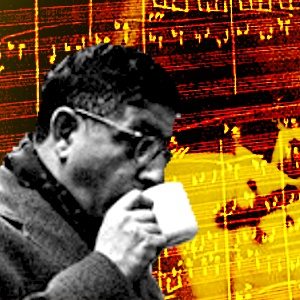
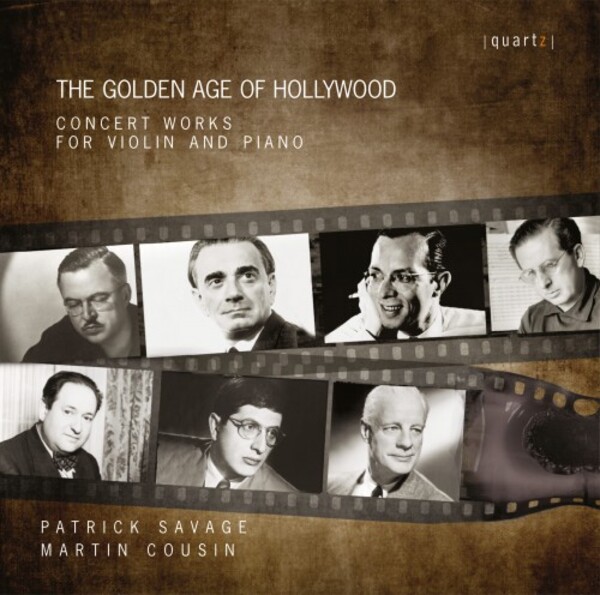
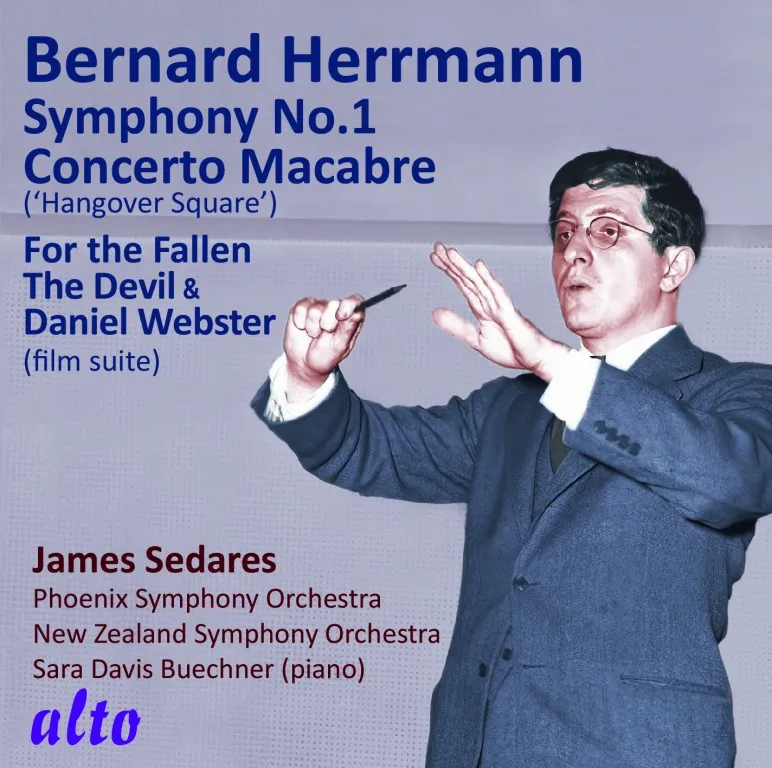
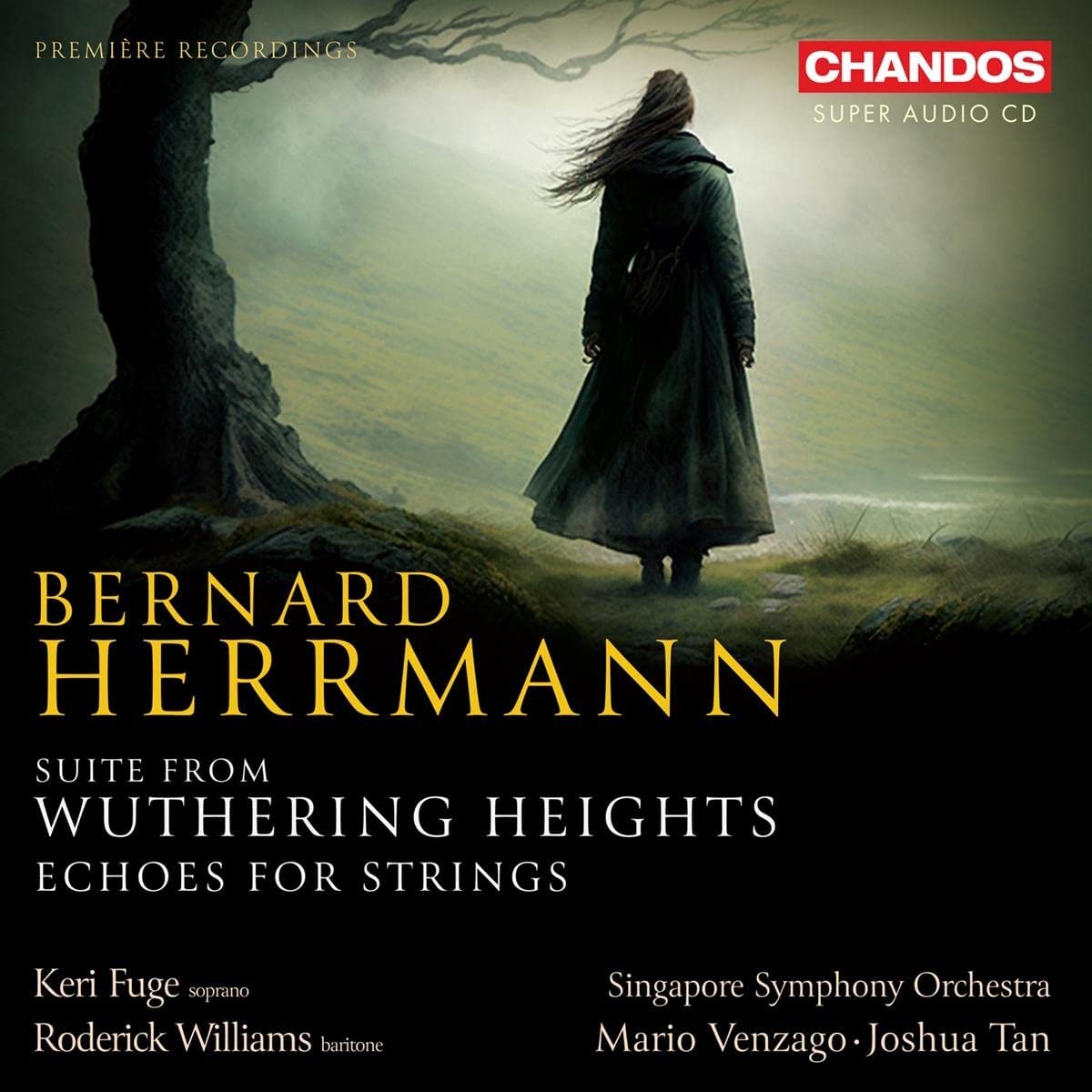
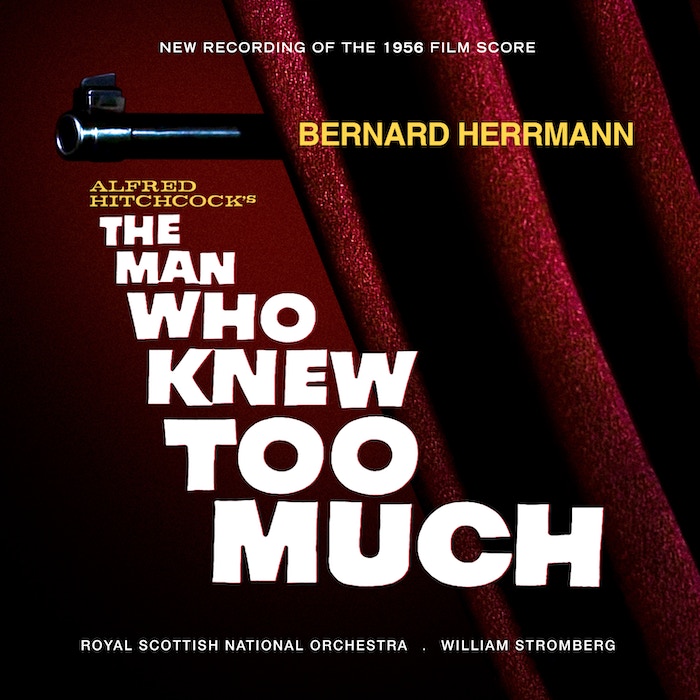
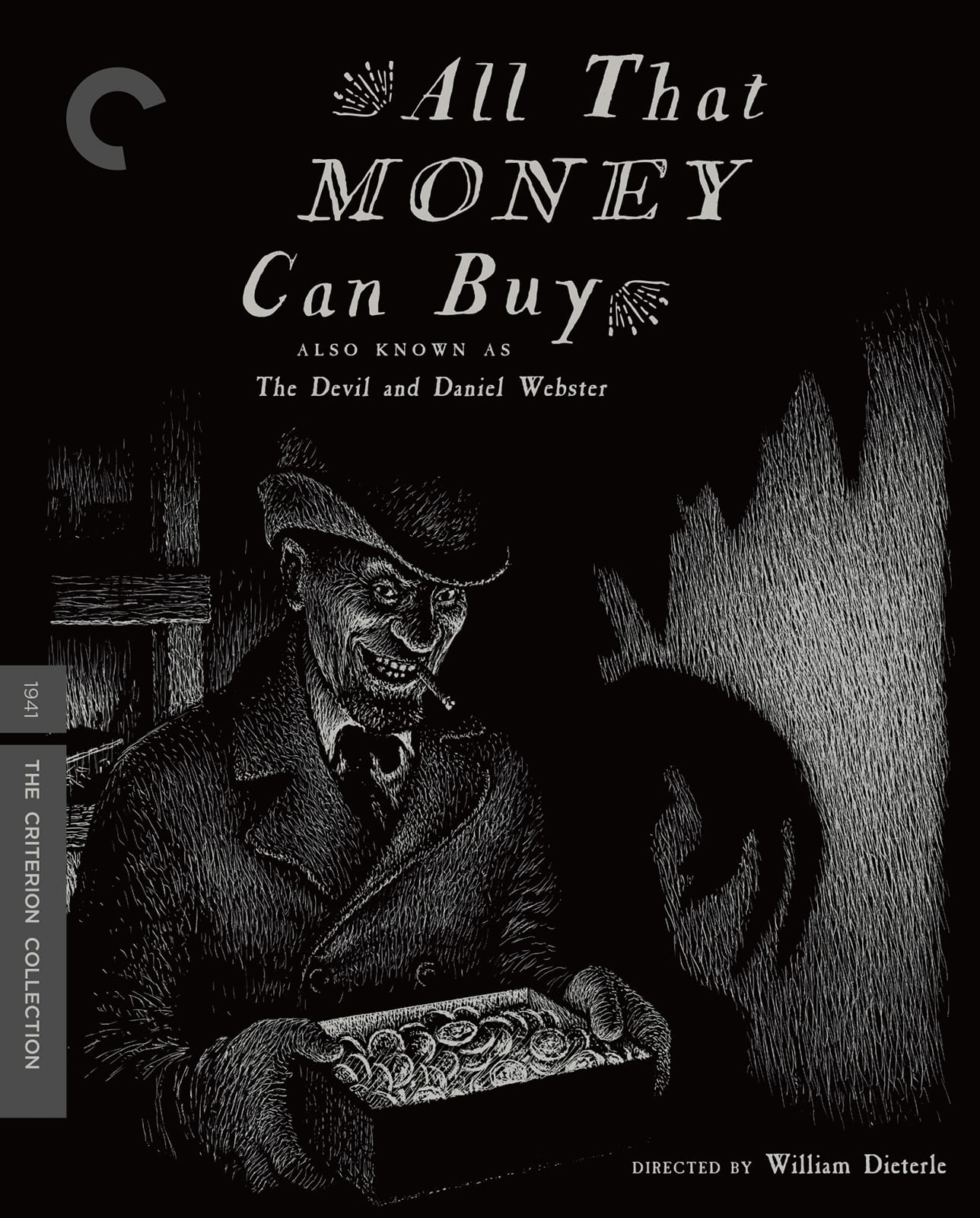
![The Man Who Knew Too Much – 4K restoration / Blu-ray [A]](http://www.bernardherrmann.org/wp-content/uploads/2023/11/TMWKTM-4K.jpeg)
![The Bride Wore Black / Blu-ray [B]](http://www.bernardherrmann.org/wp-content/uploads/2023/07/BrideWoreBlack.jpeg)
![Alfred Hitchcock Classics Collection / Blu-ray [A,B]](http://www.bernardherrmann.org/wp-content/uploads/2020/07/AHClassics1.jpg)
![Endless Night (US Blu-ray) / Blu-ray [A]](http://www.bernardherrmann.org/wp-content/uploads/2020/03/EndlessNightUS.jpg)
![Endless Night (UK Blu-ray) / Blu-ray [B]](http://www.bernardherrmann.org/wp-content/uploads/2019/12/ENightBluRay.jpg)